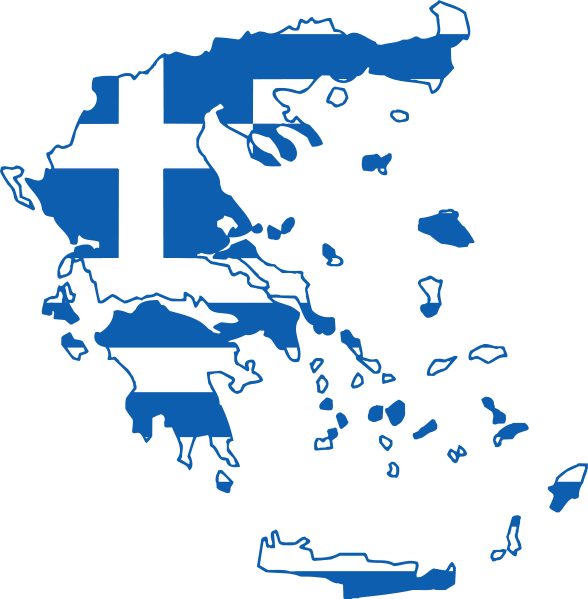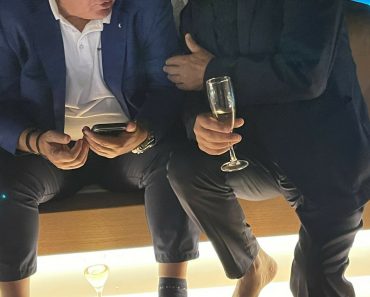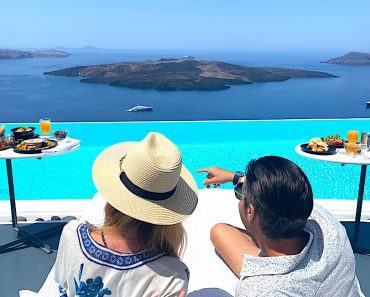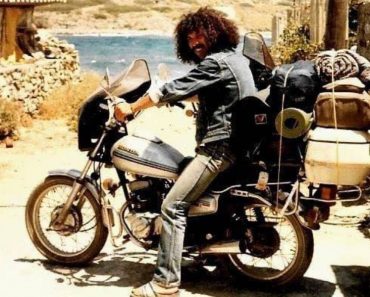Last October, I stepped off the ferry in Mykonos expecting whitewashed buildings and Instagram sunsets. Instead, I stumbled into something extraordinary that completely transformed my understanding of Greek island culture. A small orange tabby approached me at the harbor, leading me down narrow cobblestone streets to what locals call their “secret community” – a thriving network of 50,000 cats who’ve become the island’s most honored residents.
What started as a casual encounter became a life-changing discovery. This wasn’t just about cute cats wandering ancient streets. I witnessed an entire cultural ecosystem where Greek filoxenia extends beyond human guests to encompass every feline resident, creating bonds that have shaped island life for generations.
Six months later, I returned with volunteer applications and a completely different perspective on authentic travel experiences. Here’s what I discovered about Mykonos’s hidden cat community and why October became my annual pilgrimage month.
The accidental discovery that changed my travel perspective
Following orange paws through Little Venice
My first morning in Little Venice, I watched dozens of cats emerge from doorways like a synchronized sunrise ritual. These weren’t strays begging for scraps – they moved with purpose, heading to specific tavernas where owners had prepared individual feeding stations. The tabby I’d met the previous day led me to Kastro’s Bar, where I learned cats have been integral residents since 1976, longer than most human staff members.
Discovering the numbered ear system
Walking through Mykonos Town, I noticed many cats displayed snipped ears indicating TNR program participation. Local shopkeepers explained their sophisticated community management system – each cat has a territory, a human family, and a role in the island’s daily operations. These aren’t abandoned animals but 50,000 honored citizens who outnumber humans five to one, each contributing to rodent control and cultural charm.
What I found that guidebooks never mention
The morning feeding ritual at dawn
At 6 AM, I followed the “cat lady of Mykonos” on her daily rounds – a two-hour journey visiting strategic feeding points throughout the island. She knew every cat by name, their preferences, and their health stories. This wasn’t charity work but community responsibility woven into Greek cultural fabric, demonstrating filoxenia values that extend far beyond tourist interactions.
Business partnerships with feline employees
I discovered cats aren’t just tolerated but actively employed. Bakery cats supervise morning bread deliveries, fish market cats ensure quality control, and taverna cats greet customers alongside human staff. Some residents even bring cats to work in the old center, allowing them to patrol during business hours before returning home each evening.
The transformation that surprised me most
From tourist to community volunteer
By my third day, I wasn’t photographing cats for Instagram but learning feeding schedules and TNR protocol from local residents. The transformation happened gradually – sunset viewing became cat monitoring, taverna dining became feeding assistance, and archaeological exploration became territory mapping for the community welfare network.
Understanding authentic Greek hospitality
The cats revealed authentic Greek values invisible to typical tourism. I witnessed collective responsibility, multi-generational care systems, and community bonds that transcend human-animal boundaries. This cultural preservation rivals ancient traditions, demonstrating living heritage that guidebooks completely miss.
Why I now book October returns for volunteer work
Shoulder season reveals genuine community bonds
October transforms Mykonos from tourist destination to authentic community. Without peak season crowds, I observed genuine local-cat relationships, participated in TNR programs, and contributed to feeding stations. The weather remains perfect at 75°F, but the cultural experience becomes infinitely more meaningful when tourism pressure decreases.
Contributing to sustainable cat community management
My volunteer work now supports the sophisticated welfare systems locals have developed. Unlike overcrowded Santorini focused on photos, Mykonos offers meaningful cultural participation through community cat care that preserves both feline welfare and authentic Greek traditions.
This October, I’ll return for my second volunteer season, bringing supplies and continuing relationships with both human and feline community members. What began as accidental discovery became purposeful cultural immersion – proving that the most transformative travel experiences emerge from unexpected encounters rather than planned itineraries.
Mykonos taught me that authentic travel means contributing to communities that welcome you, whether those communities have two legs or four paws. The cats didn’t just show me hidden corners of the island – they revealed hidden depths of Greek hospitality that transformed my entire approach to meaningful travel.
Essential information for cat community volunteers
When is the best time to volunteer with Mykonos cats?
October offers ideal conditions for volunteer work – comfortable 75°F weather, reduced tourist crowds, and increased cat activity levels. The shoulder season reveals authentic community dynamics while providing perfect conditions for outdoor TNR programs and feeding station maintenance.
How can visitors respectfully interact with the cat community?
Follow local feeding protocols, avoid disrupting established territorial boundaries, and support tavernas that maintain official feeding stations. Many cats have specific human families and feeding schedules – observe first, interact respectfully, and always ask locals before offering food or assistance.
What volunteer opportunities exist for visitors?
While specific organizations weren’t detailed in available sources, visitors can support local TNR programs, assist with feeding station maintenance, and contribute to community welfare initiatives. Contact local veterinary clinics and established feeding coordinators to learn about appropriate volunteer opportunities.
Are there accommodation options suitable for volunteer visitors?
October’s shoulder season provides more affordable accommodation options and better availability for extended stays. Many local guesthouses appreciate volunteers who contribute to community welfare programs, though specific volunteer accommodation details require direct inquiry with local contacts.
What supplies are most needed by the cat community?
High-quality cat food, veterinary supplies for TNR programs, and feeding station materials are consistently needed. Contact local coordinators before traveling to learn about current priority needs and appropriate ways to contribute to established welfare systems.






